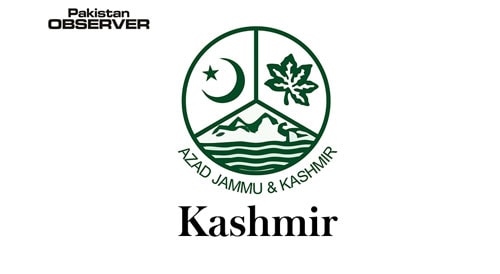Most Indians are familiar with highhanded behaviour of the police in the form of the cops slapping people or, if they are pretending to manage law and order, beating them mercilessly with their sticks (lathis). However, the real face of police brutality often remains an arcane subject, their notions about police torture derived largely from what they have seen in films – only the victims knowing the truth.
Baptism in a dingy torture room
My first exposure to ‘real’ police torture came as a trainee officer on an attachment with Punjab police during militancy. That small, bare room in one of the police stations in Tarn Taran was dimly lit and was reeking of human excrement, urine and vomit. On the floor was seated a screaming, half-naked man as two men were stretching his legs apart, while one man twisted his arms backwards and immobilised his back with his knees. We, the beginners, were gleefully ‘enlightened’ that this technique of unnatural joint movement would not leave any visible injury marks on his body even if he managed a medical examination later.
Beating on the soles with sticks and suspending a man from a bar like an animal carcass being spit-roasted were derided as crude methods leaving tell-tale marks that could lead to trouble with the courts. Cops loved the ‘roller treatment’ in which a smooth wooden roller was placed on the thighs of a prostrate victim. Then two cops stood on the roller as it was rolled forward and backwards was excruciatingly painful but left no marks.
A popular, filth-free technique involved giving low-voltage (approximately 80 volts DC, produced by a hand-cranked generator) shocks to the testicles of a man. Kashmiri author Basharat Peer has narrated horrifying stories of this form of torture in his book Curfewed Night. Many victims suffered permanent damage; most of them could not muster the courage to approach doctors out of shame and spent their lives in mental agony.
One old-timer proudly told me he had invented a technique of masking powder marks on the dead body if they had to kill someone in a fake encounter. A wet towel placed on the body of the victim blocked the muzzle flame as well as trapped the un-burnt powder particles!
Peer pressure of being a macho cop
Many people find it paradoxical that police brutality continues be an integral part of policing in India, in spite of the fact that the Indian police has, in 41 years of the IP and 73 years of the IPS, been officered by highly educated people, selected through one of the toughest exams in the world.
The reason is that torture has been accepted as a ‘macho’ or the expedient way of dealing with things, which cannot be dealt with by the legal and ‘effeminate’ way of policing. This sub-culture con-sumes everybody, from constables to IPS officers.
Torture is treated as a necessary rite of passage to initiate new officers into ‘real and practical’ policing. This is a very clever stratagem of imposing immense peer pressure. Privately, a race begins to prove who is the ‘toughest’ guy around. As Bhajan Singh Bhinder et al note in their work, Demons Within: The Systematic Practice of Torture by Indian Police, this sub-culture incentivises the most brutal to rise to the top.
The peer pressure ensures that they try hard not to get disgusted by what they do in the course of their duty or even feel ‘brutalised’ by it – no one wants to be labelled a ‘sissy’. Senior and junior officers both had laughed at my batchmate who could not with-stand the screams and stink of that torture room in Tarn Taran. Yet another officer who was taken to the site of an encounter and had puked promptly at the sight of a dead body with its brains blown out by bullets, found the constables giving him sneering looks.
Mechanics of desensitisation It is difficult to find a cop who is ashamed of what he does in his job or feels conflicted. Those who survive in the job manage to get effectively desensitised or de-humanised unless, in rare instances, they choose to chart their own path, at their own peril.
It is not that they become totally bereft and in-capable of any feelings. Quite often they are ‘trou-bled’ – it is a different thing that they are too proud to admit it.










